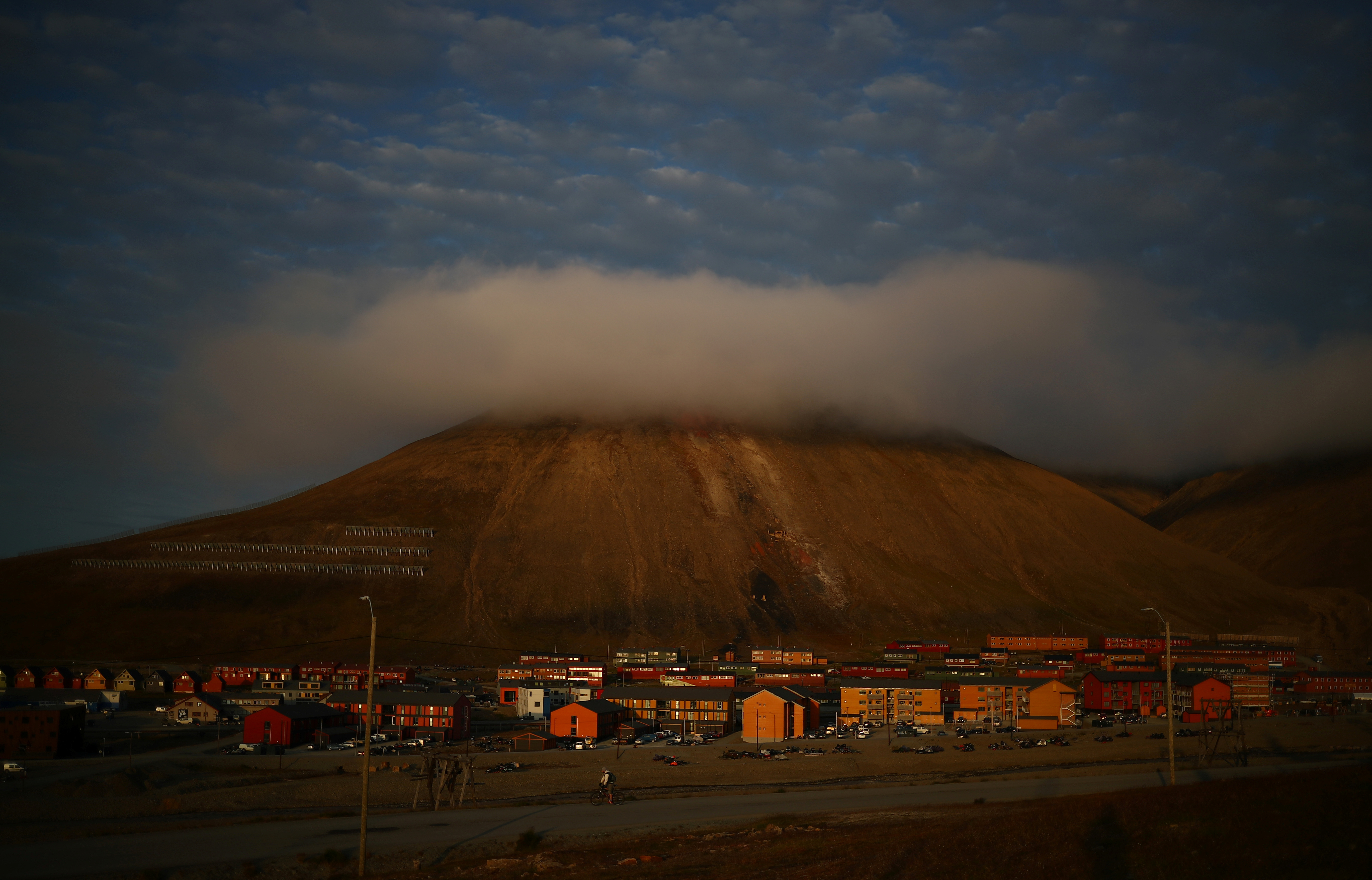As Svalbard reaches peak tourism, Oslo suggests fewer, better tour operators might be in store
Guide certification might make it harder to experience Svalbard — and that's one reason why Norway's proposing it.

Back in the 1990s, when decision-makers in Oslo first begin thinking of ways to develop Svalbard’s tourism industry, it was considered just one of the territory’s of three economic legs (mining and research and education being the other two).
Today, it is first among equals. Tourism overtook mining as the largest industry in 2016, and is now considered the economic backbone that keeps the region running: It employs 40 percent of the people living in Longyearbyen, the largest settlement and administrative center, at time when mining operations have all but dried up.
But for some, the growing number of visitors is also a nuisance. In the early 1990s, tourists numbered 20,000 or so. In 2017, there were 150,000 overnight guests (a figure that does not include the 300 or so cruise ships of all sizes that arrive each year).
A new plan announced Tuesday by Norway’s national government in Oslo would add further regulations that are likely to affect tourism numbers, including requiring guides to be certified.
[Registered guides, whole fish, latest weapons in Norway’s efforts to keep foreign anglers honest]
Svalbard tourism is already subject to some policies that restrict its growth. National, territorial and local authorities, as well as the industry itself, have repeatedly shown they are aware of the need for regulations to keep the industry from getting out of hand.
One of the first measures was a ban on heavy fuel oils for cruise ships, implemented in 2007, and expanded in 2010 and then again in 2015. Last year, Hurtigruten, a cruise-ship operator, said it would stop using single-use plastics in its land-based operations in Svalbard, a measure it also put into practice at sea. Most recently, the local council mooted adding a tourist tax for all guests, on top of the 150 kroner (about $17) airline passengers arriving in Longyearbyen already pay. The current charge goes to repairing environmental damage done by tourism; local lawmakers wanted compensation for its social impact.
Guides, and the firms that hire them, have also come under scrutiny. Of the 150 firms that organise tours for visitors, only 35 are based in Svalbard, according to Visit Svalbard, a tourism-promotion outfit. In addition to the impression that these firms are there only to cash in on the tourism boom, their qualifications are frequently called into question. Weeding out the guides with little local commitment, according to Ronny Strømmes, the head of Visit Svalbard, would benefit the industry’s reputation; for visitors, it would mean safer, more professional tours.
A certification system of the sort put forward on Monday by the commerce ministry ahead of a national meeting on Thursday to address over-tourism throughout Norway, would be a start, Strømnes believes. Though Sysselmannen, the territorial administration, already requires that guides understand Norwegian regulations and have experience in cold-weather environments, it stops short of demanding local experience. It does not address local contribution at all.
Oslo’s proposal is short on specifics, but it appears that things like Norwegian-language skills and long-term residency in Svalbard would be central aspects. So too does limiting their number.
Such steps, admitted Torbjørn Røe Isaksen, the commerce minister, might lead to fewer visitors choosing Svalbard, but with the territory already approaching the limit for what could be considered a responsible number of guests, he suggested it was necessary in order for the industry to remain healthy.